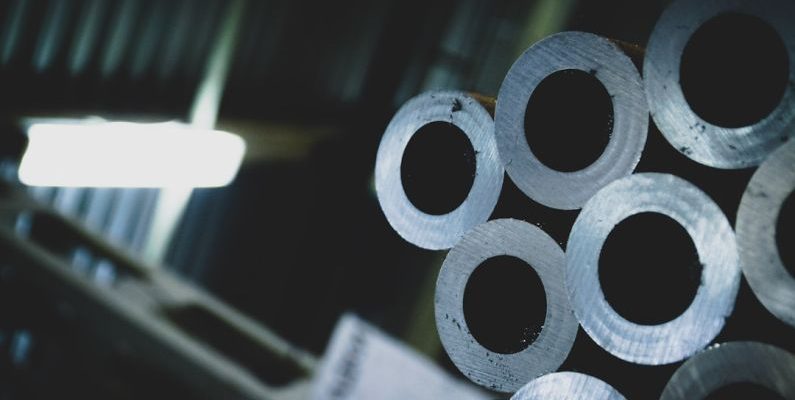Adhesive technologies have revolutionized the way products are assembled across various industries. From electronics to automotive, these innovative bonding solutions have offered significant advantages in terms of efficiency, durability, and cost-effectiveness. In today’s competitive market, manufacturers are constantly seeking ways to improve their product assembly processes, and adhesive technologies have emerged as a key player in this quest for enhanced production outcomes.
Enhanced Bonding Strength
One of the primary benefits of using adhesive technologies in product assembly is the superior bonding strength they provide. Unlike traditional mechanical fastening methods such as screws or rivets, adhesives create a continuous bond along the entire surface area, distributing the stress evenly and effectively. This results in a stronger and more durable final product that can withstand various environmental conditions and mechanical stresses. Whether it’s bonding metals, plastics, or composites, adhesive technologies offer exceptional adhesion properties that ensure the integrity of the assembled components.
Improved Aesthetics and Design Flexibility
In addition to their superior bonding strength, adhesive technologies also offer improved aesthetics and design flexibility in product assembly. With adhesives, manufacturers can bond dissimilar materials seamlessly, eliminating the need for visible fasteners that can detract from the overall appearance of the product. This not only enhances the visual appeal of the final product but also opens up a world of design possibilities that were previously limited by the constraints of mechanical fastening methods. Adhesives allow for the creation of sleek, lightweight, and innovative designs that can set products apart in a competitive market.
Increased Production Efficiency
Another significant advantage of using adhesive technologies in product assembly is the potential for increased production efficiency. Adhesives can be applied quickly and precisely, reducing the assembly time required for complex components. Additionally, adhesives can bond substrates that are difficult to join using traditional methods, enabling manufacturers to streamline their production processes and reduce overall manufacturing costs. By incorporating adhesive technologies into their assembly lines, manufacturers can achieve higher throughput rates, improved quality control, and ultimately, a more efficient production workflow.
Enhanced Product Performance
Beyond the immediate benefits of strength, aesthetics, and efficiency, adhesive technologies also contribute to enhanced product performance in the long run. Adhesives can improve the overall structural integrity of a product, reducing the risk of fatigue failure and increasing its lifespan. Additionally, adhesives can dampen vibrations, reduce noise, and provide thermal insulation, enhancing the overall functionality and user experience of the final product. By choosing the right adhesive for specific applications, manufacturers can optimize the performance of their products and deliver superior quality to their customers.
Innovative Solutions for Tomorrow’s Challenges
As technology continues to advance and industries evolve, adhesive technologies are poised to play an even greater role in shaping the future of product assembly. With ongoing research and development efforts focused on creating new formulations, improving application methods, and enhancing sustainability, adhesives are set to offer innovative solutions to tomorrow’s manufacturing challenges. By embracing adhesive technologies and harnessing their full potential, manufacturers can stay ahead of the curve, drive innovation, and deliver products that exceed customer expectations.
Embracing the Future of Product Assembly
In conclusion, adhesive technologies have become indispensable tools for manufacturers looking to optimize their product assembly processes. With their superior bonding strength, design flexibility, production efficiency, and performance benefits, adhesives offer a compelling alternative to traditional fastening methods. By leveraging the power of adhesive technologies, manufacturers can achieve higher quality standards, improve product aesthetics, and drive innovation in their respective industries. As we look towards the future, it is clear that adhesive technologies will continue to play a pivotal role in shaping the way products are assembled, setting new standards for efficiency, durability, and quality in manufacturing processes.

